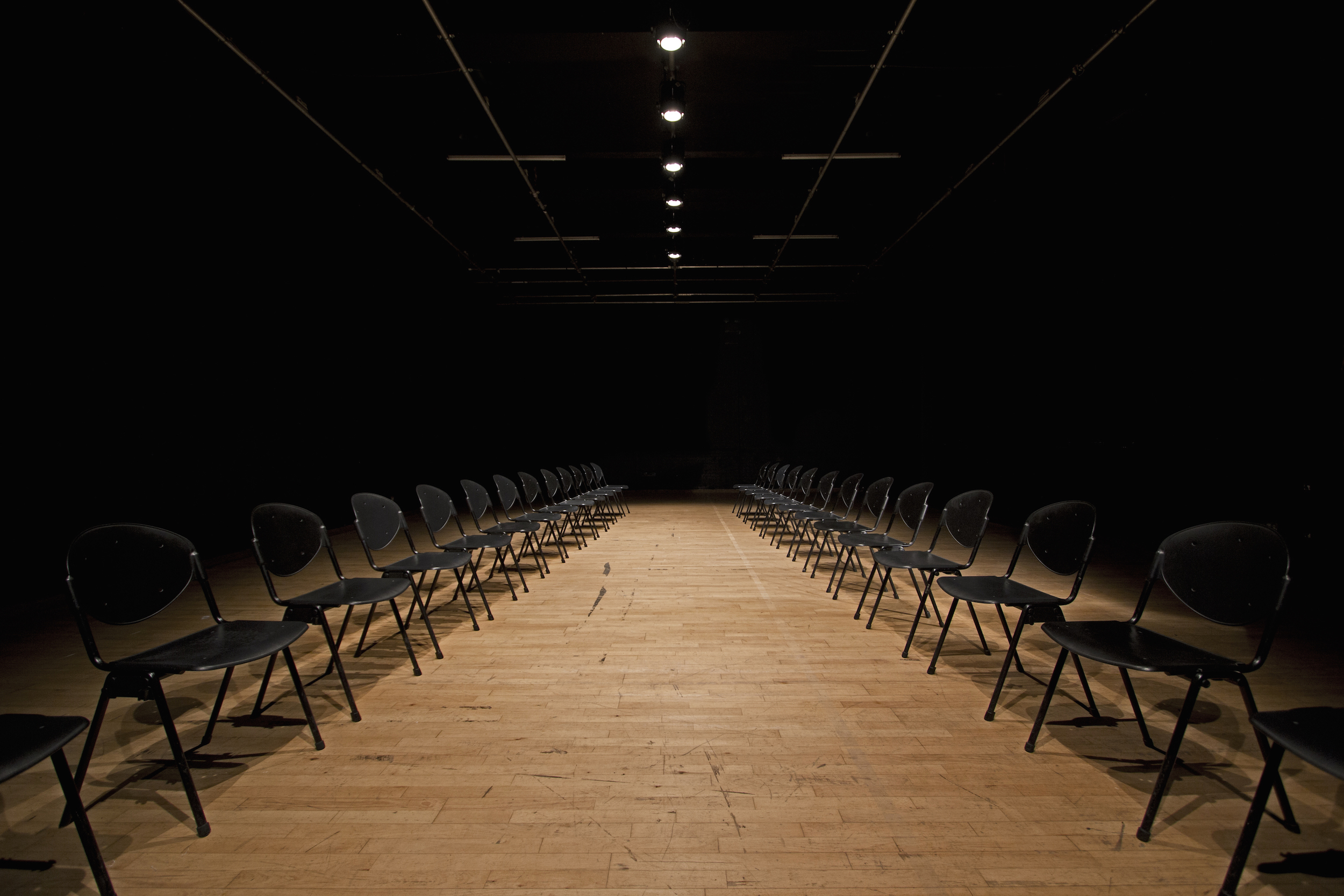
As the lockdown confined us into our homes, choreographers and performance artists began exploring how to do dance digitally. Choreographer Matteo Marfoglia decided instead to bring socially-distanced dance to people who were especially vulnerable: people in care homes and in hospitals.
The project, funded by the Arts Council Stabilisation Fund, is an adaptation of Matteo’s 2016 show Crossword, which was a co-production between National Dance Company Wales and Festival of Voice, uses dialogues as music. During lockdown Matteo kept trying to think of what he could still do without necessarily using video, as soon as it would be legal to do so. He says,
“A lot of arts was going towards the digitalised form. I couldn’t find myself in that world yet. I asked myself ‘What can I still do that makes me feel I can contribute something and which doesn’t necessarily need to go digital’?”
“I woke up at three in the morning and said ‘we can do that!’. There is no contact between dancers in Crossword. I began to think of what places might be in most need of art. I initially thought of hospitals and health settings.”
Crossword became an opportunity to bring dance to people who might be at a particularly vulnerable time in their lives, but also people who might have never seen contemporary dance. That included one of the residents in a care home, who was a 94-year-old ballerina in the Royal Ballet.
“She was a dancer in the Royal Ballet and her daughter was also a dancer in the Royal Ballet. She said, ‘I have never seen contemporary dance. I’m so glad I got to see contemporary dance.’.”
Matteo tells me that the music gathered people like an invisible smoke insinuating itself inside the hospital. He says,
“In hospitals, chefs from the kitchen and nurses were clasping a cup of tea on their break came to watch the show. They were watching it through the windows so there was no interaction. For residents in care homes, the show was also an opportunity to be outside and talk to someone they didn’t know, and watch something new to them. Some people had never seen contemporary dance.”
Matteo wondered how best to enter that world with dance and movement. He felt it was a little ‘naughty’ intrusion because people would normally expect the beautiful music and graceful movement of ballet. They got something very different: an emotional journey that goes beyond a story and uses words as music.
In Crossword, the music is made of dialogues in the Italian language. The show was first designed around the theme of voice, to be part of the Festival of Voice. Matteo wanted to explore how to turn dialogues into music.
“At that point I was interested in dialogues and how voices in dialogues can be music, not just as a song or needing an instrument. I worked a lot with Italian dialogues, taking fragments from different conversations. From that we created a soundtrack.”
“The dancers were all British so they didn’t understand what was going on and I didn’t tell them.
We really used it as music. We devised the show for them to respond physically and emotionally.”
The first reaction in most audiences was the search for meaning and some found it frustrating. He tells me,
“We always look for meaning in language for us to connect to it. How can we find a way to emotionally connect through a language that we don’t understand, through something that is not the meaning, so is it the tone? The speed in which people talk, which triggers an emotion?
“For me it was trying to connect both the performers and the audience to an emotional state which goes beyond the literal understanding of words, but more about how the words are being said.
“One of the residents said ‘once the journey started I forgot that that was language.’ Once they let go of meaning, it started to be sound. It became an emotional journey.”
Contemporary dance is still largely ‘different’ for most of us. It has no straight narrative, or no narrative at all. For many, it is like a foreign language. Crossword has been an opportunity to embrace that ‘foreignness’, a ‘foreignness’ that has multiple dimensions. Crossword made use of the ‘foreignness’ of Italian language to create music and movement; it drew on the ‘foreignness’ of contemporary dance and music made of dialogues to bring the audience through an emotional journey; and it took contemporary dance to a foreign land, that of hospitals and care homes, who have been at the centre of the pandemic and where, perhaps more than anywhere else, body and mind need healing.

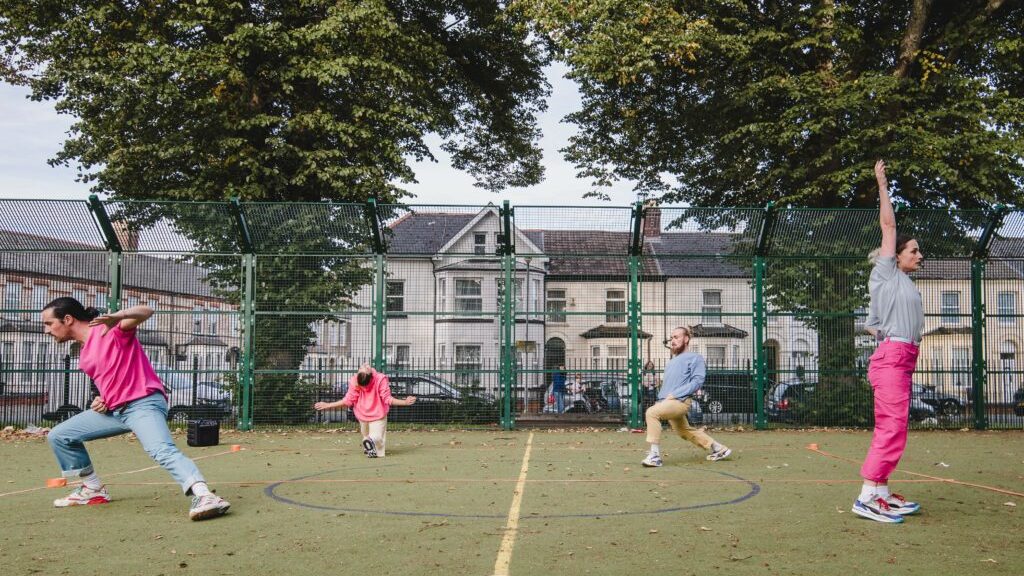
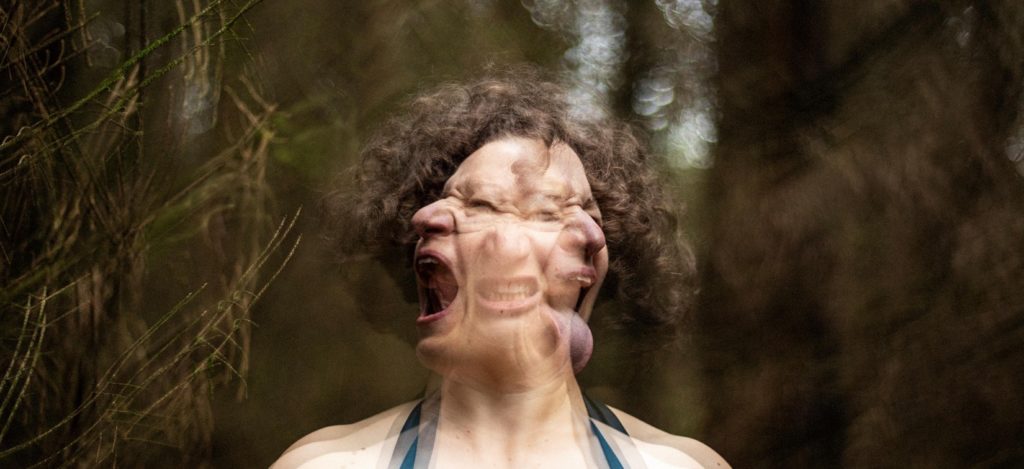
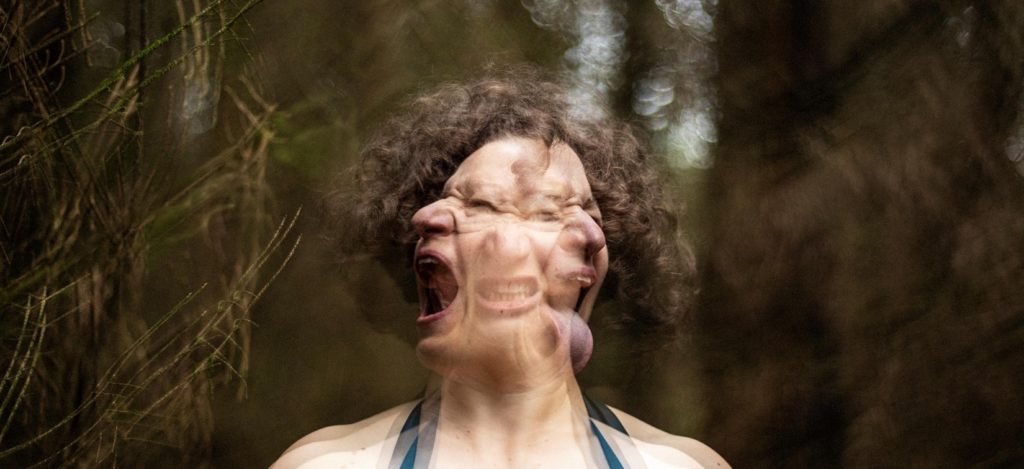
 (4 / 5)
(4 / 5)
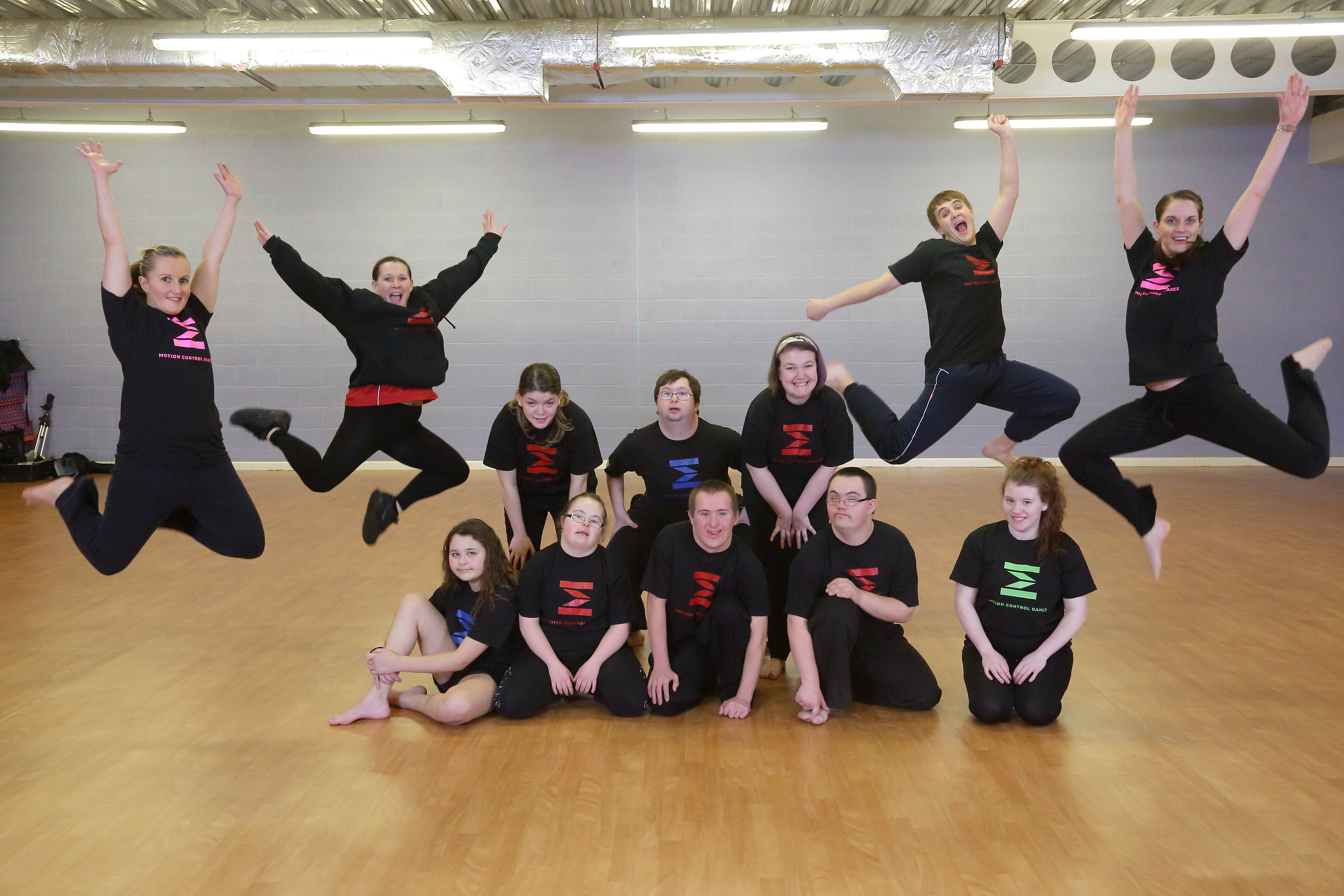
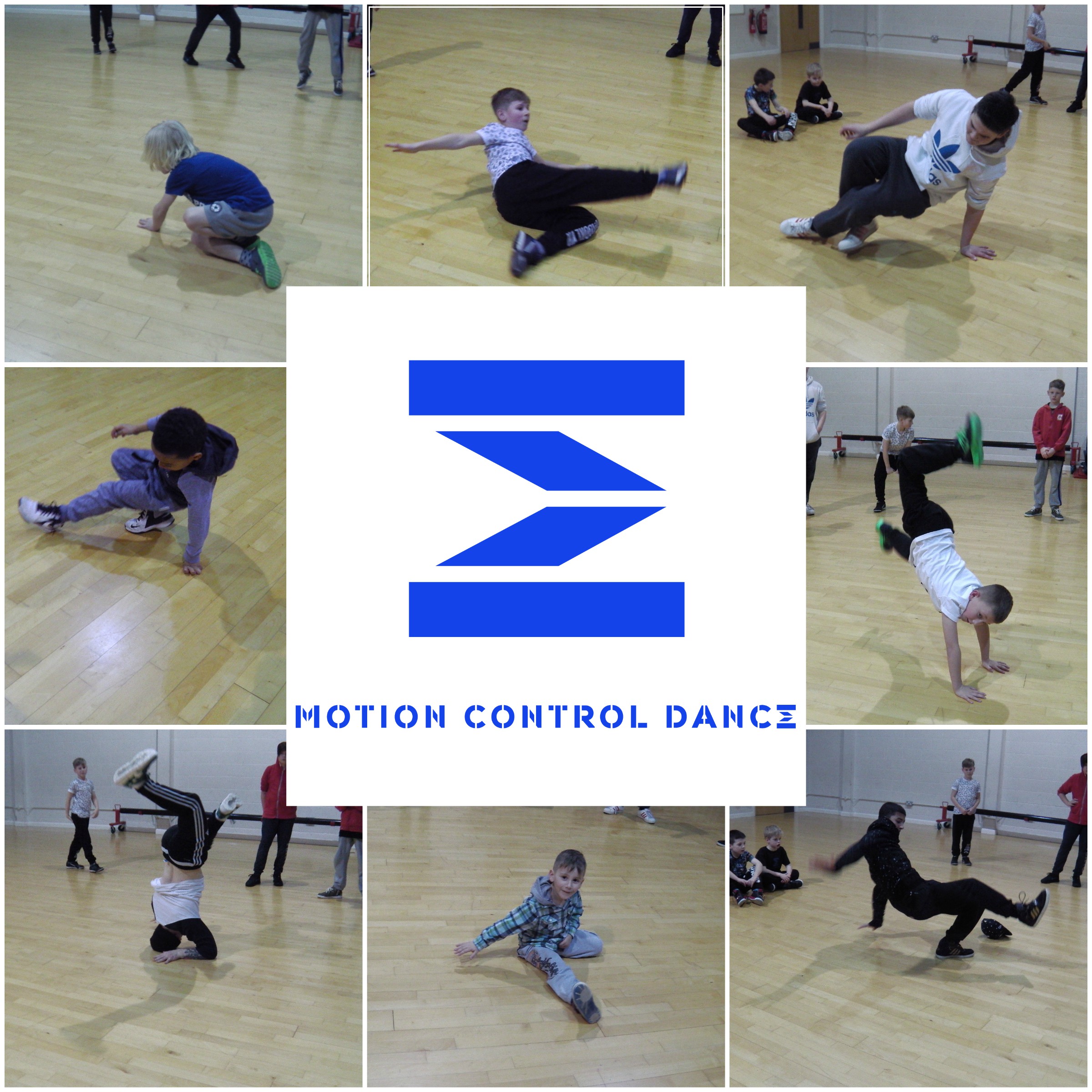
 E-Motion Dance runs weekly dance sessions at the Barry YMCA in street dance, break dance, hip hop and creative dance for ages 3-30yrs. Groups perform at local community events throughout the year and our street dance team compete at local & regional competitions and have achieved great things! We bring guest tutors down occasionally such as Carlos Neto and Xavi from Pineapple Dance Studios to work with our dancers but the sessions are mainly taught by our A Team freelance faculty who are very passionate and highly motivated to produce great results through dance.
E-Motion Dance runs weekly dance sessions at the Barry YMCA in street dance, break dance, hip hop and creative dance for ages 3-30yrs. Groups perform at local community events throughout the year and our street dance team compete at local & regional competitions and have achieved great things! We bring guest tutors down occasionally such as Carlos Neto and Xavi from Pineapple Dance Studios to work with our dancers but the sessions are mainly taught by our A Team freelance faculty who are very passionate and highly motivated to produce great results through dance. Motion Control Dance aims to ‘advance the education of people all ages, living in the Vale of Glamorgan and the surrounding areas, in the performing arts, particularly the art of dance, for the benefit of the public’. Through provision of classes, workshops, training and performance opportunities, we have created many memorable experiences for over a decade, working closely with schools and agencies in the Vale of Glamorgan with disadvantaged groups. Our mission is to give the community ‘A Chance 2 Dance’ – we are very proud of our award winning group of disability dancers the Local Motion Dance Company who started with us in 2008 that was funded by Children in Need for over 6 years. We also run training courses for Dance Leaders and provide volunteering opportunities with the MV Awards. Motion Control Dance also provides holiday schemes and organises trips and workshops with professional dancers such as Candoco and National Dance Company Wales.
Motion Control Dance aims to ‘advance the education of people all ages, living in the Vale of Glamorgan and the surrounding areas, in the performing arts, particularly the art of dance, for the benefit of the public’. Through provision of classes, workshops, training and performance opportunities, we have created many memorable experiences for over a decade, working closely with schools and agencies in the Vale of Glamorgan with disadvantaged groups. Our mission is to give the community ‘A Chance 2 Dance’ – we are very proud of our award winning group of disability dancers the Local Motion Dance Company who started with us in 2008 that was funded by Children in Need for over 6 years. We also run training courses for Dance Leaders and provide volunteering opportunities with the MV Awards. Motion Control Dance also provides holiday schemes and organises trips and workshops with professional dancers such as Candoco and National Dance Company Wales.
 We offer a range of services in the Vale of Glamorgan for those wishing to take weekly sessions, those who want to pursue a career in dance, those who are looking to gain work experience or a university professional placement or organisations wishing work in partnership with our organisation.
We offer a range of services in the Vale of Glamorgan for those wishing to take weekly sessions, those who want to pursue a career in dance, those who are looking to gain work experience or a university professional placement or organisations wishing work in partnership with our organisation.